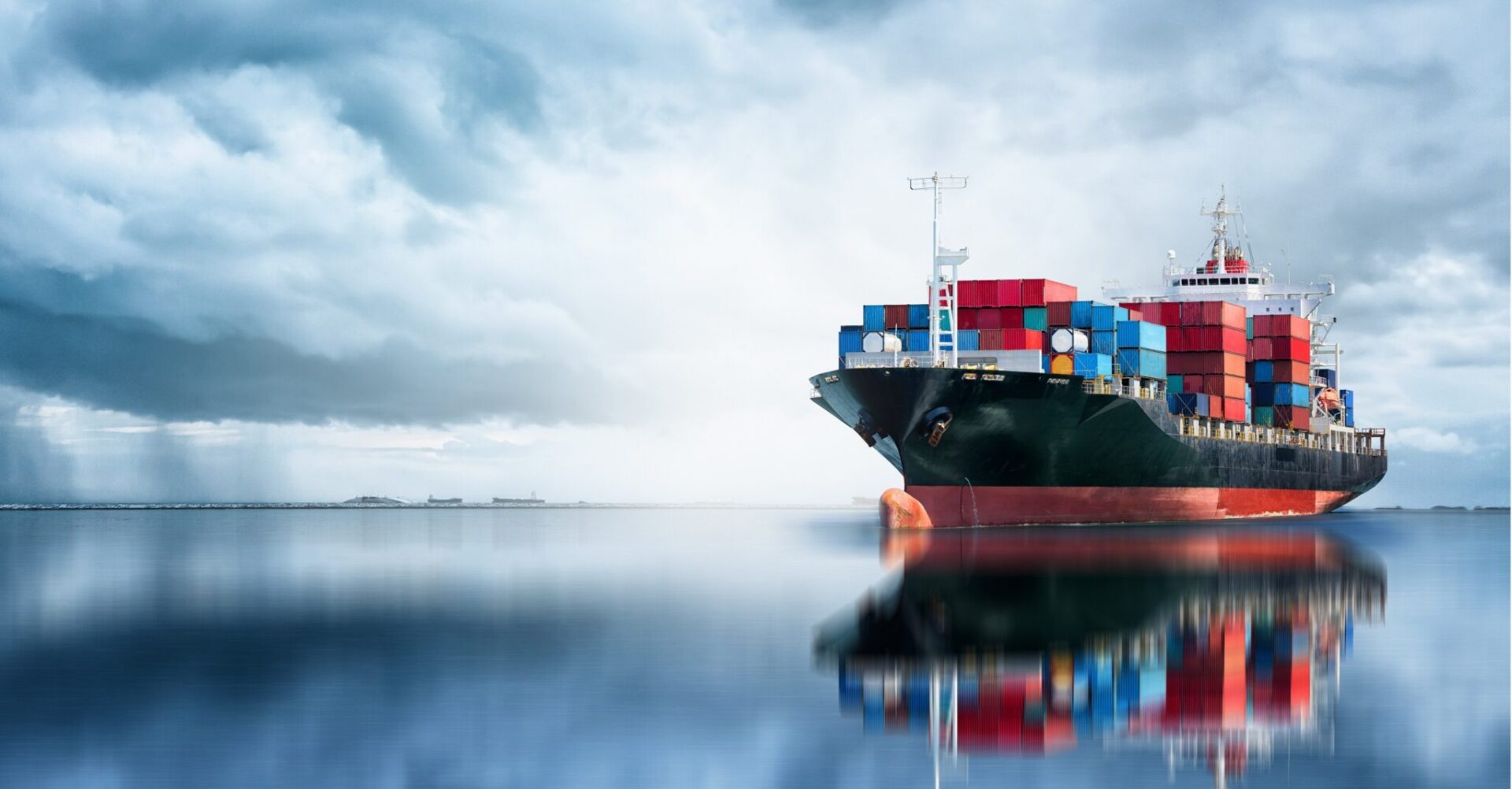
On September 20, a Chinese shipping company sent its first commercial ship to Western Europe via a route that has not been used for freight transport before – through the Arctic. If the new route proves successful and shipping giants join the Arctic routes, trade between Asia and Europe may intensify, and cargo customers and shippers can expect significant benefits from reduced transit times.
The first ship’s voyage from the port of Ningbo in China to Felixstowe in the United Kingdom is expected to take just 18 days. The same ship will then sail to the ports of Rotterdam (Netherlands), Hamburg (Germany), and Gdansk (Poland).
This ship will not call at Lithuania for the time being, but Gdańsk is a convenient hub logistically, with the Baltic countries located nearby.
It is likely that routes through the Arctic will be operated during the warm season for the time being – approximately from May to November. However, there is already talk that it will be possible to sail this route in winter in the future.
The speed of cargo transportation is one of the biggest advantages in this case. By comparison, ships using the Suez Canal take around 45 to 50 days to travel from Asia to Europe, while sailing around the Cape of Good Hope in Africa adds another 10 days. In other words, shipping through the Arctic is much faster.
If such routes become commonplace and the world’s largest shipping companies make use of them, the overall benefits for global trade could be substantial. This is especially true when compared to transporting goods from China to Europe by rail, which takes about 20 days, but shipping by sea would be cheaper, and the cargo capacity of ships and trains is difficult to compare.
The first ship, that sails, is not large by international shipping standards, with a capacity of 4,890 standard sea containers (TEU). A train can only carry about 50 FEU at a time.
So, if there is a demand and the benefits of such a route are felt, it could become highly attractive. So far, shipping giants have avoided commercial voyages through the Arctic due to the impact on the environment. It is difficult to predict what the future will bring, as none of these companies are publicly discussing similar plans.
However, the route looks promising from a commercial point of view, particularly if it is used for trade not only with China, but also with other Asian countries, such as Japan, South Korea, and others.
ACE Logistics




